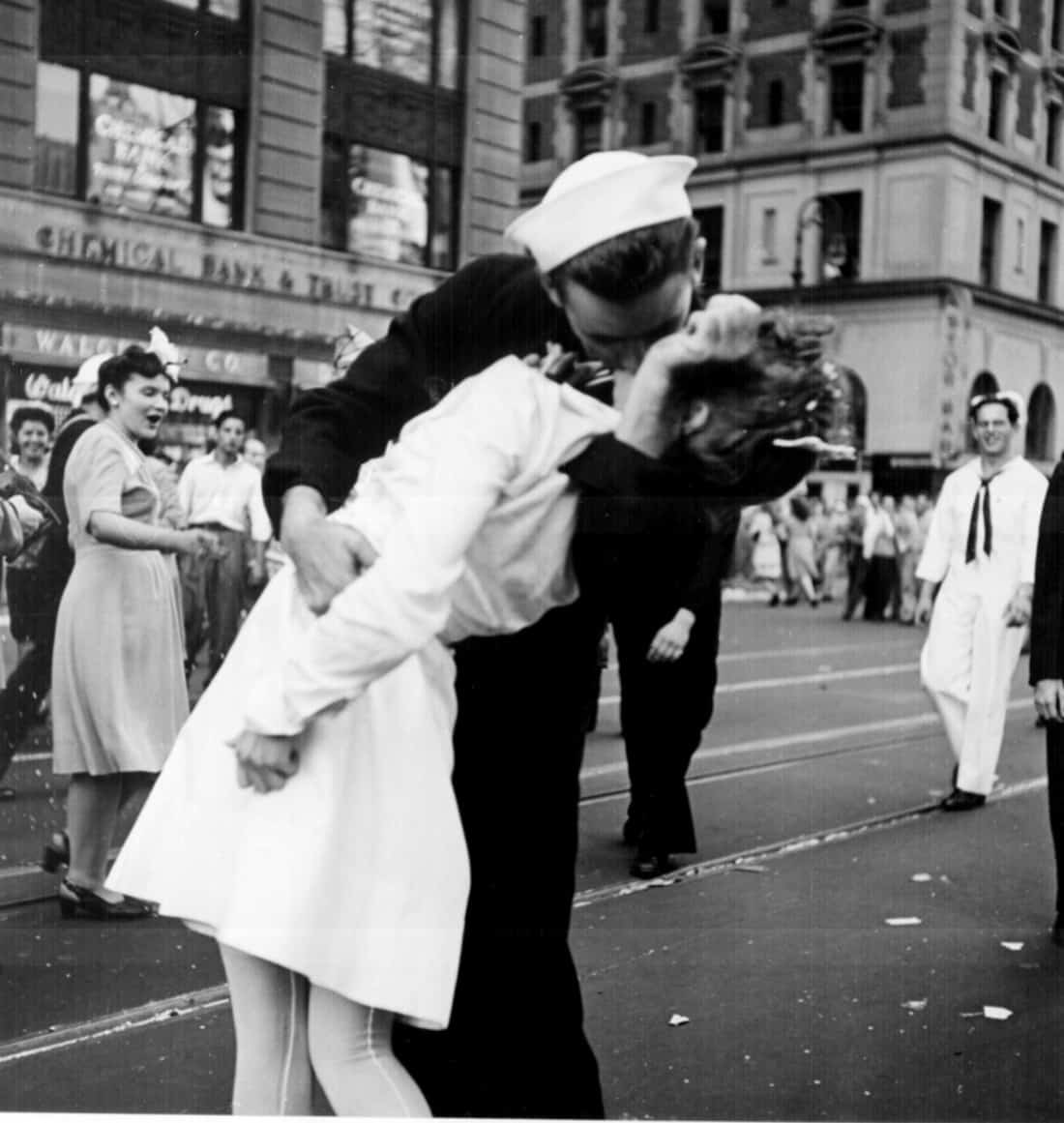The Buzz on Framing Streets
The Buzz on Framing Streets
Blog Article
The Best Guide To Framing Streets
Table of Contents4 Simple Techniques For Framing StreetsIndicators on Framing Streets You Need To KnowFraming Streets - TruthsThe Facts About Framing Streets UncoveredGetting My Framing Streets To WorkNot known Factual Statements About Framing Streets
Digital photography genre "Crufts Dog Program 1968" by Tony Ray-Jones Street digital photography (also in some cases called honest digital photography) is photography performed for art or questions that features unmediated possibility encounters and arbitrary events within public places, generally with the goal of capturing photos at a crucial or touching minute by cautious framework and timing. 
His boots and legs were well defined, yet he is without body or head, since these were in activity." Charles Ngre, waterseller Charles Ngre. https://pubhtml5.com/homepage/jtdxv/ was the initial digital photographer to acquire the technological class called for to register people in motion on the road in Paris in 1851. Professional Photographer John Thomson, a Scotsman working with journalist and social protestor Adolphe Smith, published Street Life in London in twelve month-to-month installments starting in February 1877
Excitement About Framing Streets
Eugene Atget is considered as a progenitor, not because he was the initial of his kind, yet as an outcome of the popularisation in the late 1920s of his document of Parisian roads by Berenice Abbott, that was influenced to take on a similar documentation of New York City. [] As the city developed, Atget helped to advertise Parisian roads as a deserving subject for digital photography.

Examine This Report about Framing Streets
Martin is the initial videotaped photographer to do so in London with a masked video camera. Mass-Observation was a social study organisation established in 1937 which intended to tape-record daily life in Britain and to record the responses of the 'man-in-the-street' to King Edward VIII's abdication in 1936 to wed divorce Wallis Simpson, and the sequence of George VI. The principal Mass-Observationists were anthropologist Tom Harrisson in Bolton and poet Charles Madge in London, and their first record was generated as the publication "May the Twelfth: Mass-Observation Day-Surveys 1937 by over 2 hundred observers" [] Window cleaner at Kottbusser Tor, Berlin, by Elsa Thiemann c. 1946 The post-war French Humanist Institution professional photographers located their topics on the street or in the restaurant. In between 1946 and 1957 Le Groupe des XV annually displayed job of this kind. Andre Kertesz. Circus, Budapest, 19 May 1920 Street photography formed the major web content of 2 events at the Museum of Modern Art (Mo, MA) in New York curated by Edward Steichen, Five French Professional Photographers: Brassai; Cartier-Bresson, Doisneau, Ronis, Izis in 1951 to 1952, and Post-war European Digital Photography in 1953, which exported the idea of road digital photography worldwide.

5 Easy Facts About Framing Streets Explained
The recording equipment was 'a concealed video camera', a 35 mm Contax hidden underneath his layer, that was 'strapped to the breast and connected to a lengthy wire strung down the appropriate pop over here sleeve'. His work had little contemporary effect as due to Evans' sensitivities about the creativity of his job and the personal privacy of his subjects, it was not released till 1966, in the book Several Are Called, with an introduction composed by James Agee in 1940.
Helen Levitt, then an educator of young children, related to Evans in 193839. She documented the transitory chalk drawings - 50mm street photography that belonged to children's street culture in New York at the time, as well as the kids that made them. In July 1939, Mo, MA's brand-new photography section consisted of Levitt's operate in its inaugural exhibitionRobert Frank's 1958 book,, was substantial; raw and commonly out of emphasis, Frank's photos examined conventional photography of the time, "challenged all the formal regulations set by Henri Cartier-Bresson and Walker Evans" and "flew in the face of the wholesome pictorialism and wholehearted photojournalism of American publications like LIFE and Time".
Report this page